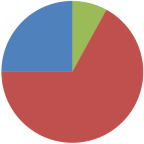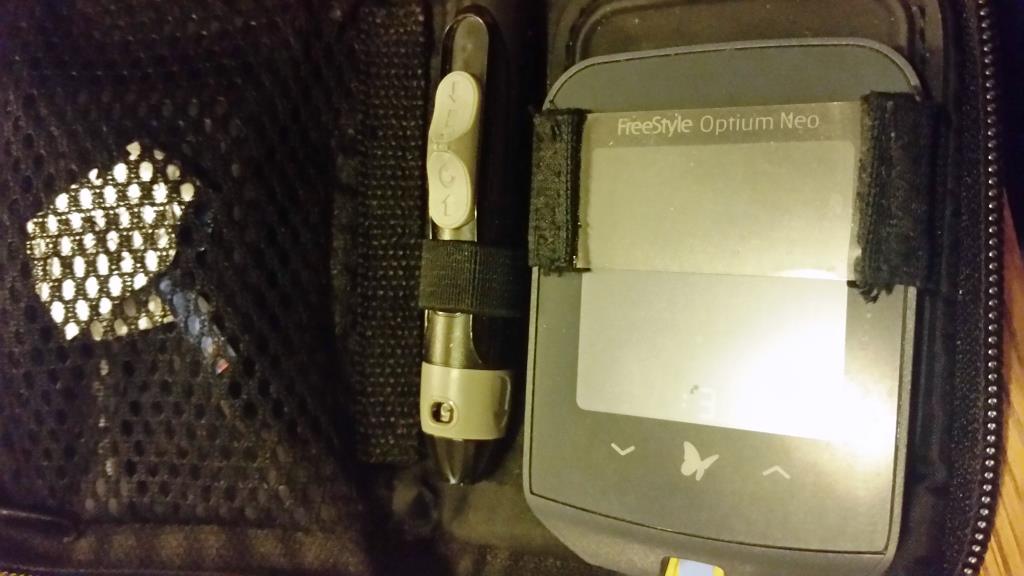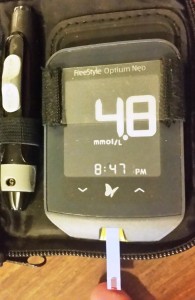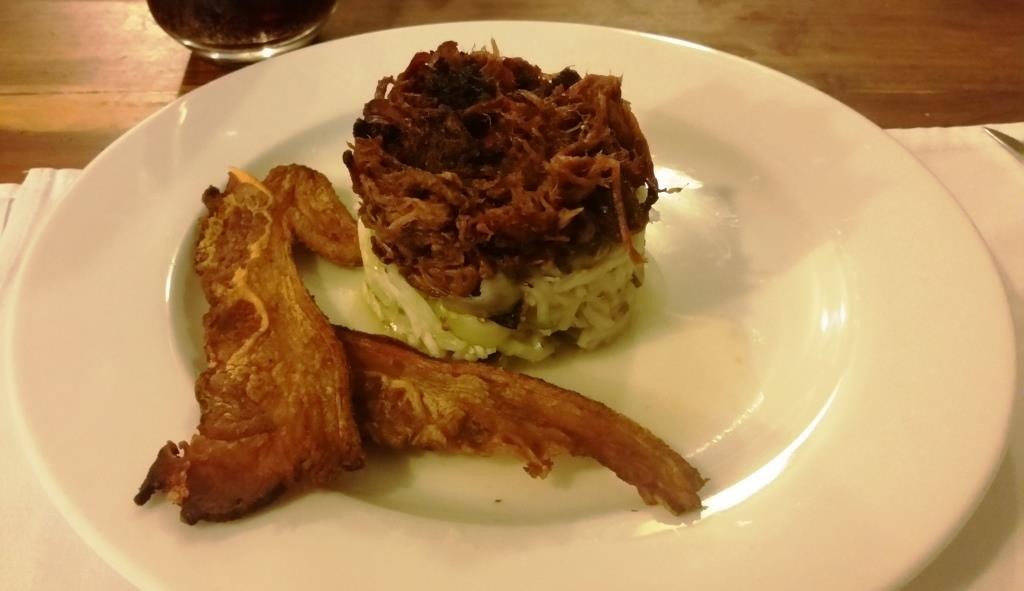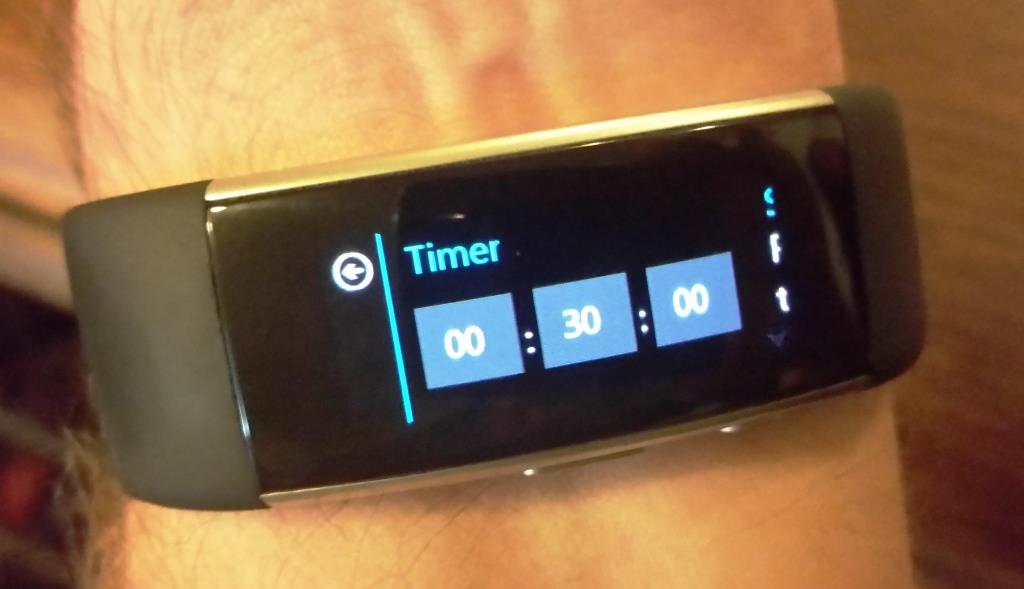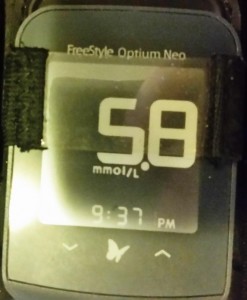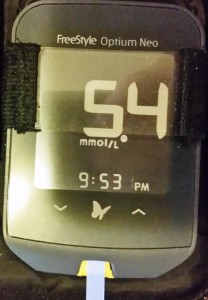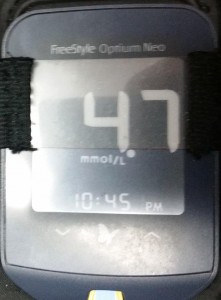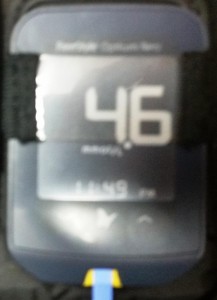One of the first things most people ask me about a low carb lifestyle is must I give up sweets, and which artificial sweeteners are safe to use. And the only answer is … it depends. We all have different glucose responses to identical foods (Blood sugar levels in response to foods are highly individual ) so the only way to really know is to test yourself by doing a glucose curve using a retail glucometer.
Not everyone needs to go to this level of detail but if you find after eating certain foods that you just seem to get hungrier, it’s quite possible that you have a specific glycemic response. So Carl and I discussed the protocol for doing that on our Non-Scale Victories show (2KetoDudes podcast).
Glucose Curve
You can do a glucose curve with any food. The two questions you want to know are; Will this food turn quickly into glucose in my blood, and if not will I secrete insulin in response to it anyway.
What you will be doing is taking a glucose curve in response to a challenge. That should directly answer the first question, and you can kind of extrapolate an answer to the second question.
So you want to test far enough away from an event that would otherwise confound the results.
Normal people are usually back to a normal glucose level after a normal meal in about 2-3 hrs. A type 2 diabetic can take 4-5 🙁. You can see what abnormal insulin response curves look like at Why you get fat?
Exercise is also a confounder, so give it an hour after mild exercise, several after hard exercise. Also when you wake up your body produces hormones that goose your production of glucose.
The best time is probably several hours after waking up, having skipped breakfast.
Take your baseline or T0
So take a baseline measurement – this is your time zero. In my chart below that’s the green line.
You don’t need a lot of blood for new style meters, as you can see I have my lancet set to only a depth of 5 so I almost don’t feel the strike anymore. I also use the pad of my fingers. That is a lot less painful in my experience than the side of the finger.
You just need to insert a fresh test strip, and when your meter tells you it is ready for blood you just press your drop of blood to the capillary uptake of the test strip.
That will give you the starting glucose value. We’re going to eat our test food and then see how long it takes for our blood glucose to get close to that starting value again.
Eat your test food
This is the good bit. I’m going to eat a meal of pulled smoked beef on fennel salad with some beef bacon.
Now we need to set a timer for 30 mins. I’m going to use my Microsoft Band.
When the alarm goes off take a 2nd measurement – this will be your T30.
Take a T30
This is just as your first phase insulin response should hit. So this may be top of your glucose response. Meters are only about 20% accurate so if this value is within 20% of the T0 it could still be no glucose response. Which is what non nutritive sweeteners produce in me.
Set your alarm for another 30 mins.
Take a T60
Take a 3rd measurement – this will be your T60. If you had some glucose response at T30 then you should be heading back to your baseline under the direction of Insulin releases. If you had no glucose response but you still secreted some insulin (Sweetness being recognized by your brain and directing a “just in case” release) then you might find at this point that it drops below your baseline. That’s a reactive hypoglycemic response. It implies if you eat a lot of this food and you will be making more insulin than you should and over time that may work against weight loss and developing your insulin sensitivity.
Take an hourly reading till you get to baseline
Then if you’re not at baseline you can take a few more measurements until you get back to your stasis point – maybe every hour.
If you go a little below your baseline that could be an overcorrection of slow acting insulin. I like to keep going till I see a return to baseline but to be honest the accuracy of retail devices is only 20% so 4.6 is within the margin of error.
And finally 4 hours later we’re at the baseline again.
You can play around with the glucose values to the left of this Glucose Curve to change it’s shape.
